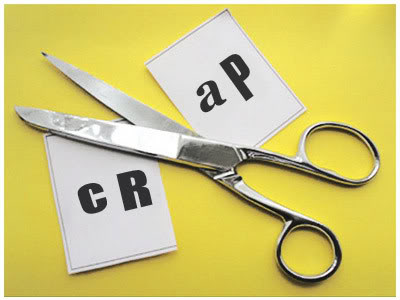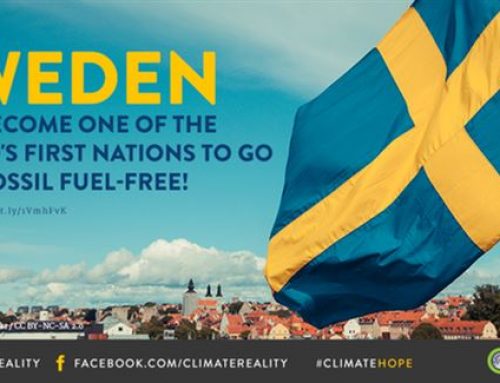Project Description

Top tips to cut the crap in reporting
In the last decade, transparency and corporate reporting progressed tremendously, allowing society access to performance information that is usually not available in financial reports. Sustainability (or non-financial) reporting enable stakeholders – like investors, regulators, employees, NGOs, communities, partners, etc. – access to information about a company’s social, environmental and economic impacts, directly from the source.
But it’s not all good news from the reporting field, as many sustainability reports still consist of a hundred (or more) pages, difficult to navigate and to extract what matters. Many look just like glossy magazines and some even offer the same shallow content. They often present an overly positive, distorted picture of reality. They risk being considered greenwashing and useless for people intending to use the information to take decisions. Or to evaluate the readiness of an organization’s management to deal with social and environmental issues.
So…it’s time to cut the crap!
High-quality reports are clear, balanced, and focused on key issues. Corporate reports that are difficult to navigate, overly positive and/or unfocused do more damage than good for a company’s reputation. When not clearly showing the efforts, dilemmas and results in tackling concrete societal issues, such reports just add to the overwhelming amount of useless information that surrounds us nowadays.
The European Union Directive on Non-Financial Reporting requires thousands of companies to start integrating sustainability topics to their annual reporting cycle, from the 2017 report onwards. This is a great opportunity for all involved in corporate reporting to make a step towards better reports. Cutting the crap in reporting helps experienced and new reporters generate more focused reporting. It improves the quality and reduces the cost of reporting – just what you need!
Here are our tips on how to cut the (reporting) crap!
Charming, but irrelevant
Reporting is not a beauty contest. Sustainability reporting standards, such as those provided by the Global Reporting Initiative (GRI), do not require a specific design or format. These standards offer guidance on how to prepare high-quality content. Well-organized, clear information is what really counts. If in addition, you want to make it look pretty and the visuals support clarity and navigation, that’s great. But well-structured, relevant content comes first. Always.
Random and unfocused
Don’t get distracted! Create focus through materiality analysis, an important step in the process to create a high-quality sustainability report. It helps to define the topics to focus on to sustain the company’s future in connection to society’s needs. These topics are selected by combining management’s strategic vision with inputs from strategic stakeholders’ representatives like employees, clients, regulators, and communities.
If done well, the analysis generates a focused, short list of topics that expresses the issues of high concern for society directly related to the strategy and core business activities. Once you have your material topics list, you are ready to think about which indicators (and other disclosures) best help you to tell your report readers what the organization is striving for and achieving on these topics. That’s it! These topics are the only ones you need to include in your report.
Annoyingly abundant
Don’t add extra information. Basic details about the organization – such as company size, the number of employees, markets where it operates, the location of the headquarters – as well as indicators related to material topics have to be included. Nothing more, nothing less.
Check the list of basic information to be disclosed, find the information required, organize it and present it in the clearest way you can. No tricks, no misleading. And if you can’t report on a required disclosure for some reason, explain why not. It’s really that simple.
Don’t add unnecessary information, even if it makes the organization look good. A report needs to balanced; the challenges and dilemmas should not be buried in strategically irrelevant content. Excess of information – even when presented in a beautiful way – can be quite detrimental to your reputation.
Poorly planned and costly
Gathering high-quality information isn’t cheap. Financial and human resources are needed to determine the units, the boundaries, the process, as well as for the systems for actual collection, aggregation, checks, approvals, and analysis of the data.
Preparing a good roadmap of what exactly has to be reported not only increases the quality of the report but also helps you make the best use of your valuable resources. Define a clear owner for the reporting process, if necessary supported by experienced outside professionals. Such as people with specific expertise on reporting, sustainability communications, etc. Good planning and ‘cutting the crap’ reduces the costs even more in case you’re involving an external service provider to assure the sustainability content of your report.
These tips can help you and your organization improve reporting – and reduce costs – by progressing from:
- Charming to clear
- Random to relevant
- Abundant to accurate
- Poorly planned to professional
In times like these, when critical, well-informed decisions are needed, we can’t let useful information go to waste. Don’t bury your company’s impact and performance on key topics in the cacophony of useless information that surrounds us every day.
Join our campaign to cut the crap!
This article is part of a series on the topic of materiality. It is co-authored by Marjolein Baghuis of Change in Context and Nelmara Arbex of Arbex & Company. At GRI, they worked together on the creation and stakeholder engagement around GRI’s G4 Sustainability Reporting Guidelines. They now support companies with strategic sustainability challenges such as materiality analysis and communications that build reputation and trust.








